Music Production Knowledge Backlog
Here you can find my latest published content. Use the Search!
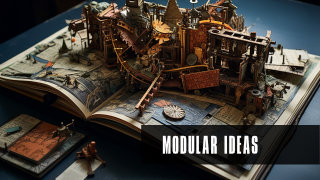
May 25, 2023 Article
Book of Bad Ideas but as a Website. A collection of modular techniques, tips and tricks for sound design or music production. Use it with eurorack or modular synths. Bitwig, VCV rack or similar.
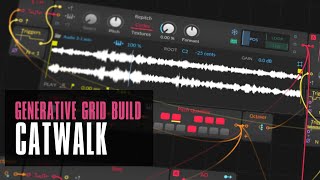
May 24, 2023 Tutorial
In this video, I wanted to create a generative grid patch using samples instead of oscillators, which I had never done before. I recorded a kalimba using my microphone and then cleaned it up with a loud split and an outer leveler. I then used it in a polygrid and triggered it with a dice module in free mode, adding notes with a step mode and quantizer. I also added modulation, filters, and delays to the sound. I then added a bass shot and a melody using a sample note. Finally, I randomized the melody and adjusted the balance and frequency using a cool force. I created a backdrop for an ambient tune and provided a link to the patch in the description.

May 24, 2023 Music-Video
Generative-2023-05-24 but tuned to ambient In the neon-lit heart of New Angeles, amid an amalgam of futuristic technology and ...
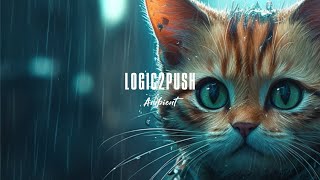
May 23, 2023 Music-Video
In the year 2135, the city of Neo-Tokyo was a neon-lit labyrinth, a cybernetic sprawl of towering skyscrapers, holographic ...

May 22, 2023 Tutorial
In this video, I showed how to create a hypersaw sound in Bitwig Studio without using an oscillator with a unison feature. I used the polymer synthesizer and modulated the pitch and panning using the random mod. I also used voice stacking to create a dense sawtooth sound. To create the typical ray fleets, I modulated the note with the root, seventh, fifth, and two octaves lower. I also demonstrated the use of other oscillators like the wave table and the swarm oscillator to change up the sound. Multiple notes are necessary to achieve the desired effect. Overall, this is a simple and easy way to create a hypersaw sound.
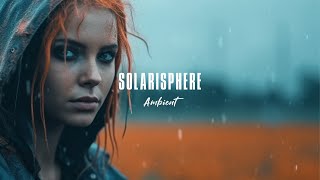
May 22, 2023 Music-Video
On a stormy evening, as rain poured relentlessly from the charcoal sky, Ava found herself standing on the outskirts of the city, ...
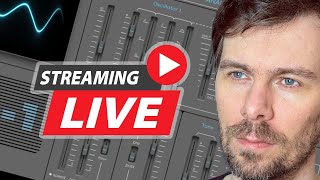
May 16, 2023 Tutorial
I opened up Bitwig Studio and had no plans for what to do today. I started experimenting with the new sampler and found it was great for sampling my voice and other sounds. I also used the convolution reverb to create rhythmic noise convolutions. I explained the pitch hurts module and demonstrated how to use Poly Grid to create melodies. I added some effects and a supermassive to create an underlying drone sound. The track doesn't make sense, but it was a fun experiment.
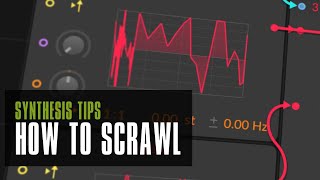
May 15, 2023 Tutorial
In the video, I demonstrate how to use a Scrawl feature in the software tool. By utilizing the Poly-Grid and various modules like envelopes and audio outputs, I show how to draw shapes that generate unique sounds. Drawing slowly creates high-resolution dots, while drawing quickly decreases the resolution. I explain how to manipulate the shape by selecting and adjusting its properties using the value and histogram features. The chaos slider allows for randomization, resulting in complex wavetable-like shapes. I showcase techniques like duplicating shapes, mirroring, scaling, and combining the Scrawl with oscillators and filters. I mention the potential for creating dubstep-style baselines and encourage viewers to explore the tool's features to generate their own unique waveforms. Finally, I remind viewers to save their favorite waveforms and invite them to like, subscribe, and stay tuned for future content.
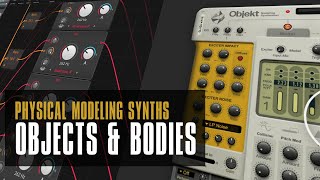
May 11, 2023 Tutorial
In this video, I explain how to make a physical modeling synth in the Reason software. Physical modeling is a way of replicating real-world objects in a synth by modeling their resonances and frequencies. To start building the physical modeling synth, we need to introduce an exciter and use multiple bandpass filters. The resonance frequency of objects is specific to their material, and the frequencies of the overtone change with time. We need to introduce envelopes for each overtone that changes over time. We can use multiple partials and tune the frequencies of the bandpass filters to replicate specific objects' resonances. Loudness is also crucial, and we can use multiple envelopes for each harmonic. We can use a comp filter or use a ratio knob to target specific harmonics. Alternatively, we can introduce all harmonics and remove the ones we don't want. It's an intricate process, but the result is worth the effort.
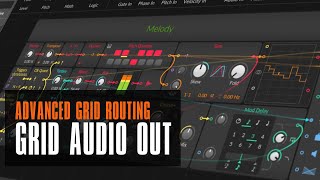
May 08, 2023 Tutorial
In this video, I explain how to get different sound sources from within the Bitwig Studio grid onto separate channels for mixing. I start with a generative patch with multiple sound sources mixed together, and demonstrate how to separate the percussion and funky bass onto separate channels. To do this, I use a hack that involves cutting off the percussion audio output, creating an FX layer for the rest of the sum, using a stereo split, and then utilizing modulation to transfer audio signals to separate channels. By creating separate audio tracks for each sound source, I can mix and manipulate them individually. I provide step-by-step instructions and a downloadable audio output preset for ease of use.
previous | next








